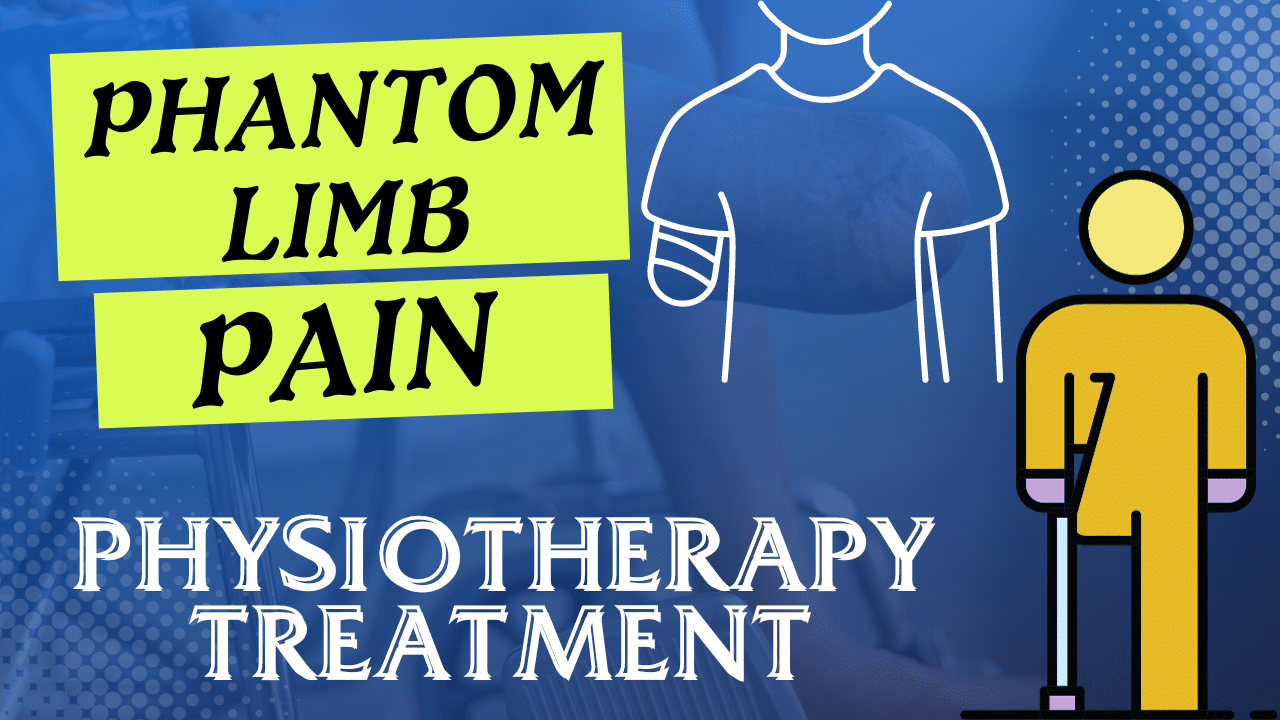Introduction (Understanding Phantom Limb Pain)
Phantom limb pain is a complex and perplexing phenomenon that affects individuals
who have undergone amputation or experienced the loss of a body part due to injury or illness.
This condition is characterized by the perception of pain or other sensations in a limb that is no longer present.
In this article, we will delve into the causes, symptoms, and treatment options for phantom limb pain
while emphasizing the importance of originality and ethical research in understanding and addressing this condition.
I. Causes
The exact causes of phantom limb pain are not yet fully understood, but several factors contribute to its development.
Researchers believe that it primarily involves changes in the nervous system, both at the peripheral and central levels.
- Peripheral Nervous System Changes: After amputation, the nerves that once transmitted signals from the missing limb to the brain continue to send signals, often resulting in pain or other sensations. These “misfiring” signals can create the illusion of the limb’s presence.
- Central Nervous System Changes: Phantom limb pain also involves alterations in the central nervous system, particularly the brain. The brain’s sensory and motor cortex areas that used to correspond with the missing limb may reorganize or become hyperactive, contributing to the perception of pain.
II. Symptoms
Phantom limb pain manifests differently among individuals, but some common symptoms and sensations include:
- Pain: The most prevalent symptom is the sensation of pain in the missing limb. The pain may range from mild discomfort to severe or debilitating pain.
- Sensations: Beyond pain, individuals may experience other sensations, such as itching, tingling, burning, or pressure in the phantom limb.
- Phantom Limb Movements: Some individuals report feeling as though they can move their phantom limb, which can be distressing when the movement is uncontrollable.
III. Treatment Options
Managing phantom limb pain can be challenging, and there is no universal solution. Treatment approaches are typically tailored to each patient’s specific needs and may include:
- Medications: Physicians may prescribe pain medications, such as opioids or neuropathic pain medications, to alleviate discomfort.
- Physical Therapy: Techniques like mirror therapy and graded motor imagery can help retrain the brain and reduce pain sensations by providing visual or tactile feedback.
- Psychological Therapy: Cognitive-behavioral therapy (CBT) and other psychological interventions can assist patients in coping with the emotional and psychological aspects of phantom limb pain.
- Prosthetic Devices: The use of prosthetic limbs, designed to mimic the missing limb, can help some individuals reduce phantom limb pain by providing sensory input and motor control.
- Nerve Blocks: In certain cases, healthcare professionals may administer nerve blocks or injections to temporarily block pain signals.
Conclusion (Understanding Phantom Limb Pain)
Phantom limb pain is a complex and enigmatic condition that continues to be the subject of extensive research and investigation.
While there is no one-size-fits-all solution, a multidisciplinary approach involving healthcare professionals, physical therapists and psychologists
who can significantly improve the quality of life for those affected by this condition.
In discussing phantom limb pain, it is essential to uphold the principles of originality and ethical research.
